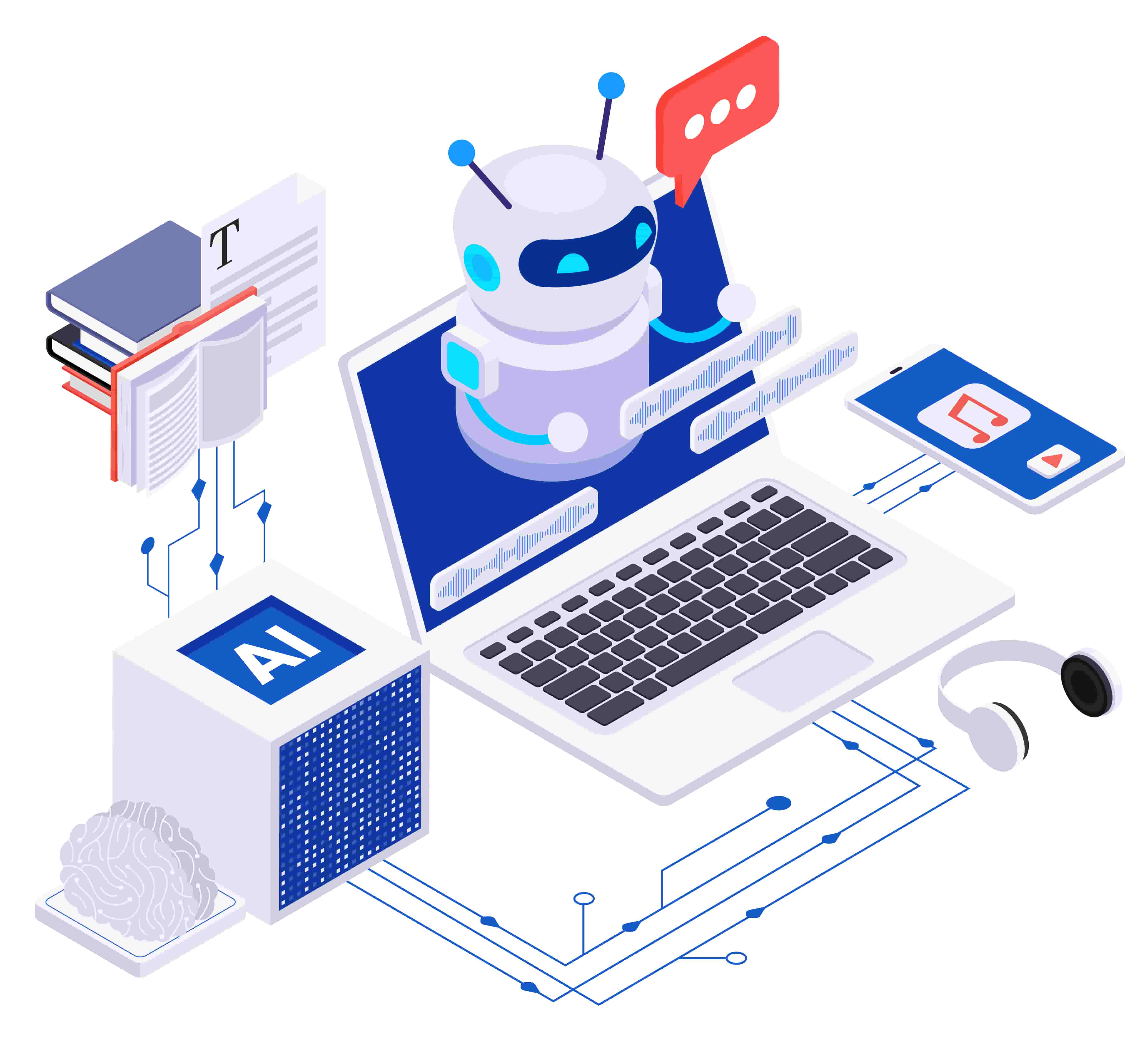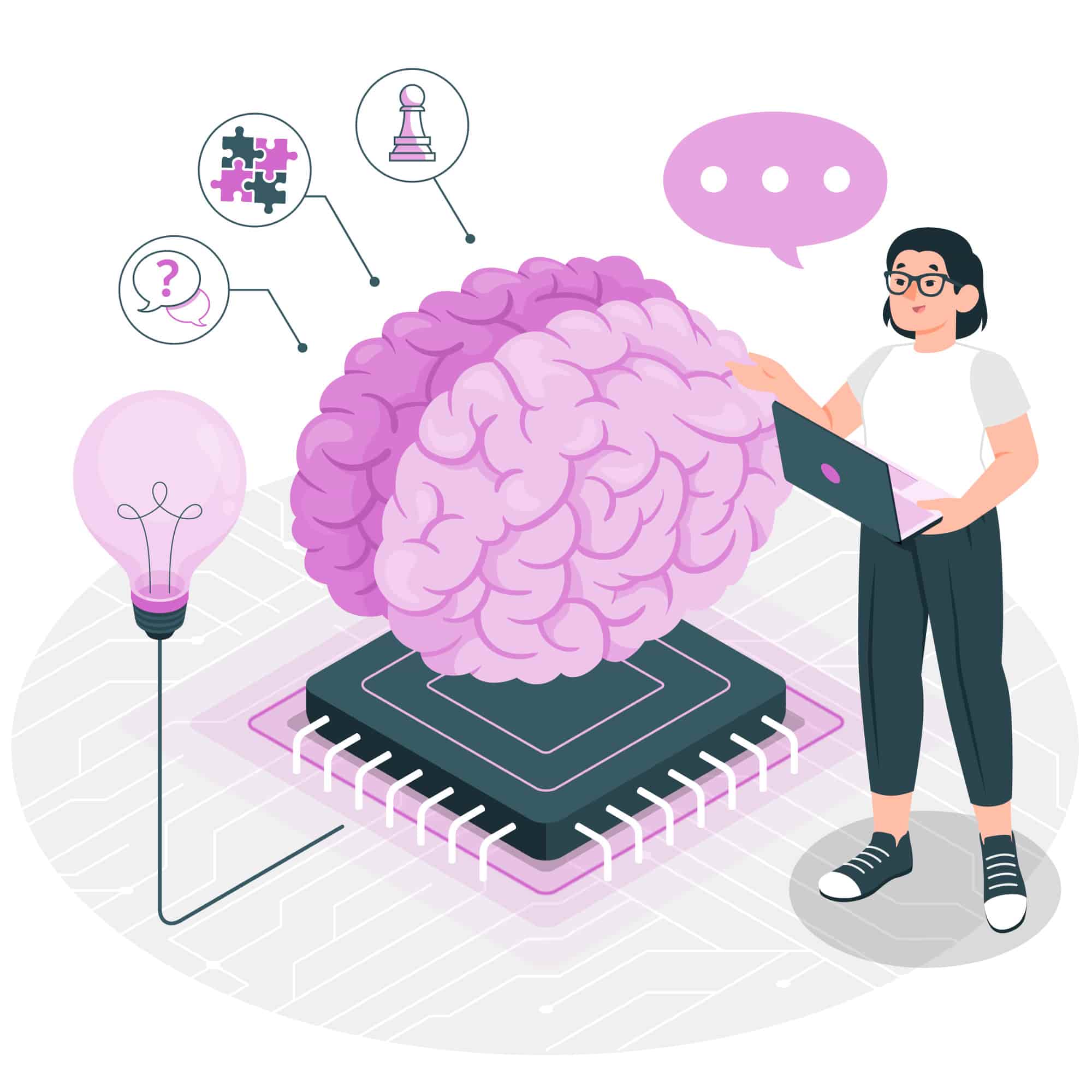Integrating Artificial Intelligence (AI) into your ASP.NET applications can significantly enhance functionality, user experience, and operational efficiency. By leveraging AI, developers can automate tasks, provide personalized experiences, and gain deeper insights into user behavior. Here’s a comprehensive guide to effectively implementing AI in your ASP.NET applications.
Understanding the Benefits of AI Integration
Incorporating AI into ASP.NET applications offers several advantages:
-
Enhanced User Experience: AI can personalize content, recommend products, and provide intelligent search results, leading to increased user engagement.
-
Operational Efficiency: Automating routine tasks such as data entry, customer support, and content moderation reduces manual effort and errors.
-
Data-Driven Insights: AI analyzes vast amounts of data to uncover patterns and trends, aiding in strategic decision-making.
-
Improved Security: AI algorithms can detect anomalies and potential threats, bolstering application security.

Selecting the Right AI Tools and Frameworks
Choosing appropriate tools is crucial for successful AI integration:
-
ML.NET: A Microsoft framework that allows .NET developers to build custom machine learning models using C# or F#. It’s suitable for tasks like classification, regression, and recommendation systems. ScholarHat+1AllianceTek Inc+1
-
TensorFlow.NET: Enables the use of TensorFlow’s deep learning capabilities within .NET applications, ideal for complex neural network implementations.
-
ONNX Runtime: Facilitates running machine learning models trained in various frameworks (like PyTorch or TensorFlow) within .NET applications.
How to Implementing AI in ASP.NET Applications
1. Define Clear Objectives
Identify specific problems or areas where AI can add value. For instance, enhancing search functionality, automating customer support, or predicting user behavior.
2. Data Collection and Preparation
Gather relevant data required for training AI models. Ensure data quality by cleaning, normalizing, and structuring it appropriately.
3. Choose the Appropriate AI Model
Select a model that aligns with your objectives:
-
Classification Models: For categorizing data into predefined classes.
-
Regression Models: For predicting continuous values.
-
Clustering Models: For grouping similar data points.
-
Recommendation Systems: For suggesting products or content based on user behavior.

4. Model Training and Evaluation
Use frameworks like ML.NET to train your model on the prepared dataset. Evaluate its performance using metrics such as accuracy, precision, recall, and F1 score.
5. Integration into ASP.NET Application
Incorporate the trained model into your application:
-
Backend Integration: Embed the model within the server-side logic to process data and generate predictions.
-
API Consumption: If using external services like Azure Cognitive Services, integrate via RESTful APIs.
6. Continuous Monitoring and Improvement
Monitor the model’s performance in real-world scenarios. Collect feedback and retrain the model periodically with new data to maintain accuracy and relevance.
Best Practices for Effective AI Integration
-
Scalability: Design your AI components to handle increasing loads efficiently.
-
Security: Ensure data privacy and secure handling of sensitive information.
-
User Transparency: Inform users when AI is being used, especially in decision-making processes.
-
Ethical Considerations: Avoid biases in AI models by using diverse and representative datasets.
Real-World Applications of AI in ASP.NET
-
Chatbots: Implement AI-driven chatbots for 24/7 customer support, handling common queries and issues.
-
Personalized Recommendations: Suggest products or content based on user preferences and behavior.
-
Predictive Analytics: Forecast trends or user actions to proactively address needs.
-
Image and Speech Recognition: Enhance applications with capabilities to process and understand visual and auditory data.
By thoughtfully integrating AI into your ASP.NET applications, you can create intelligent, responsive, and user-centric solutions that stand out in today’s competitive digital landscape.

Javier is Content Specialist and also .NET developer. He writes helpful guides and articles, assist with other marketing and .NET community work



